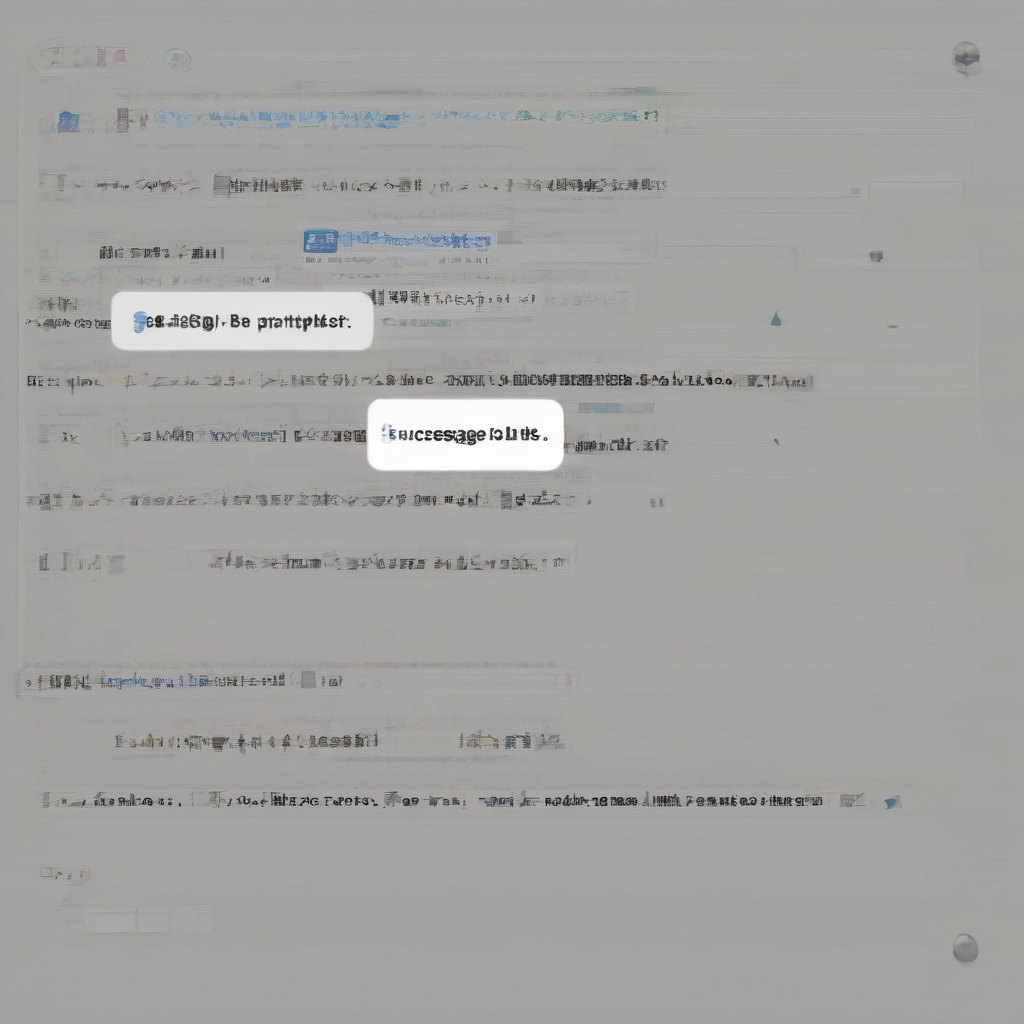Revolutionizing Your Small Business: A Deep Dive into CRM Software
In today’s competitive landscape, nurturing customer relationships is paramount for small business success. Customer Relationship Management (CRM) software offers a powerful solution, streamlining operations and fostering stronger customer connections. This comprehensive guide explores the crucial role of CRM in small businesses, examining its features, benefits, selection process, and implementation strategies.
Understanding the Importance of CRM for Small Businesses
Small businesses often operate with limited resources, making efficient resource allocation crucial. CRM software addresses this need by centralizing customer data, automating tasks, and improving communication. This leads to increased productivity, enhanced customer satisfaction, and ultimately, improved profitability.
- Improved Customer Interaction: CRM systems provide a unified view of each customer, including their history, preferences, and interactions. This allows for personalized communication and targeted marketing efforts.
- Enhanced Sales Performance: By tracking leads, managing sales pipelines, and automating follow-ups, CRM streamlines the sales process, leading to increased sales conversions and revenue growth.
- Streamlined Marketing Campaigns: CRM systems facilitate the creation and management of targeted marketing campaigns, enabling small businesses to reach their ideal customers more effectively.
- Better Customer Service: Quick access to customer information allows for faster and more efficient resolution of customer issues, leading to increased customer satisfaction and loyalty.
- Data-Driven Decision Making: CRM systems provide valuable insights into customer behavior, preferences, and trends, enabling data-driven decision-making for improved business strategies.
Key Features of Small Business CRM Software
While CRM systems vary in complexity and features, several core functionalities are essential for small businesses:
- Contact Management: Centralized storage and organization of customer contact information, including names, addresses, phone numbers, email addresses, and social media profiles.
- Lead Management: Tracking and managing potential customers from initial contact to conversion, including lead scoring and prioritization.
- Sales Pipeline Management: Visualizing the sales process, tracking deals at each stage, and identifying potential bottlenecks.
- Marketing Automation: Automating repetitive marketing tasks such as email marketing, social media posting, and follow-ups.
- Customer Support Ticketing: Managing and tracking customer inquiries and support requests, ensuring timely resolution.
- Reporting and Analytics: Generating reports and analyzing data to gain insights into customer behavior, sales performance, and marketing campaign effectiveness.
- Integration Capabilities: Seamless integration with other business applications such as email marketing platforms, e-commerce platforms, and accounting software.
- Mobile Accessibility: Accessing CRM data and functionalities from mobile devices for on-the-go management.
- Customization Options: Adapting the CRM system to meet the specific needs and workflows of the business.
Choosing the Right CRM Software for Your Small Business
Selecting the appropriate CRM software requires careful consideration of various factors:
- Business Size and Needs: The size and complexity of your business will dictate the level of functionality required. A smaller business may need a simpler system, while a larger one may benefit from more advanced features.
- Budget: CRM software comes in various price ranges, from affordable cloud-based options to more expensive enterprise solutions. Choose a solution that fits your budget and provides the necessary functionalities.
- Ease of Use: The CRM system should be intuitive and user-friendly for your team to adopt and utilize effectively. Consider the level of technical expertise within your organization.
- Scalability: As your business grows, your CRM system should be able to scale to accommodate increased data volume and user accounts.
- Integration Capabilities: Ensure the CRM system integrates seamlessly with other business tools you are using, such as email, accounting, and marketing software.
- Customer Support: Select a vendor that offers reliable customer support to assist with implementation, training, and ongoing technical issues.
- Security: Choose a CRM provider that prioritizes data security and complies with relevant data protection regulations.
Implementing CRM Software: A Step-by-Step Guide
Successful CRM implementation requires a structured approach:
- Define Your Objectives: Clearly define the goals you hope to achieve with CRM software, such as improving customer service, increasing sales, or streamlining marketing.
- Select the Right Software: Carefully evaluate different CRM options based on your business needs, budget, and technical capabilities.
- Data Migration: If you have existing customer data, plan for its migration to the new CRM system efficiently and accurately.
- Training and Onboarding: Provide comprehensive training to your team on how to use the CRM system effectively.
- Customization and Configuration: Customize the CRM system to match your specific business processes and workflows.
- Integration with Other Systems: Integrate the CRM system with other business applications to streamline operations.
- Monitoring and Evaluation: Regularly monitor the system’s performance and track key metrics to measure its effectiveness and make necessary adjustments.
Addressing Common Challenges in CRM Implementation
Implementing CRM software can present certain challenges:
- Data Entry and Accuracy: Ensuring accurate and consistent data entry is crucial for the system to function effectively. Implement data validation rules and processes to maintain data quality.
- User Adoption: Encouraging user adoption requires providing adequate training, support, and demonstrating the value of the CRM system.
- Integration Issues: Integrating the CRM system with other business applications can be complex and require careful planning and execution.
- Cost of Implementation: The total cost of CRM implementation can be significant, including software licensing, implementation services, training, and data migration.
- Data Security: Protecting sensitive customer data requires implementing robust security measures.
Types of CRM Software for Small Businesses
Small businesses have a range of CRM options available, each with its own strengths and weaknesses:
- Cloud-Based CRM: Accessed via the internet, offering scalability, accessibility, and cost-effectiveness. Popular choices include Salesforce Essentials, HubSpot CRM, and Zoho CRM.
- On-Premise CRM: Installed and maintained on the company’s own servers, offering greater control but requiring significant IT infrastructure and expertise.
- Open-Source CRM: Free to use and customize, but require technical expertise for setup and maintenance. Examples include SuiteCRM and CiviCRM.
- Specific Industry CRM: Designed to meet the needs of specific industries, offering specialized features and functionalities.
The Future of CRM in Small Businesses
The future of CRM for small businesses is likely to be characterized by:
- Increased Integration: Seamless integration with more business applications and platforms.
- Artificial Intelligence (AI): Leveraging AI-powered features for tasks such as lead scoring, customer segmentation, and predictive analytics.
- Mobile-First Approach: Further development of mobile applications to facilitate on-the-go access and management.
- Enhanced Personalization: Providing increasingly personalized customer experiences through data analysis and targeted communication.
- Focus on Customer Experience: A greater emphasis on using CRM to improve the overall customer experience.
Conclusion (Omitted as per instructions)




